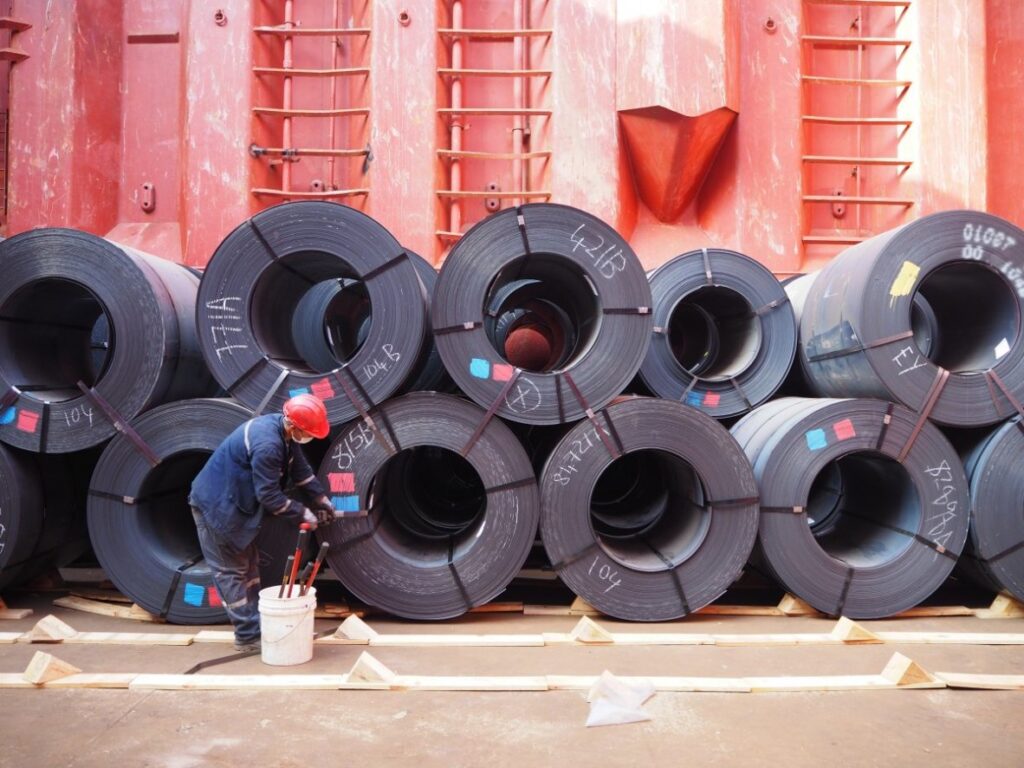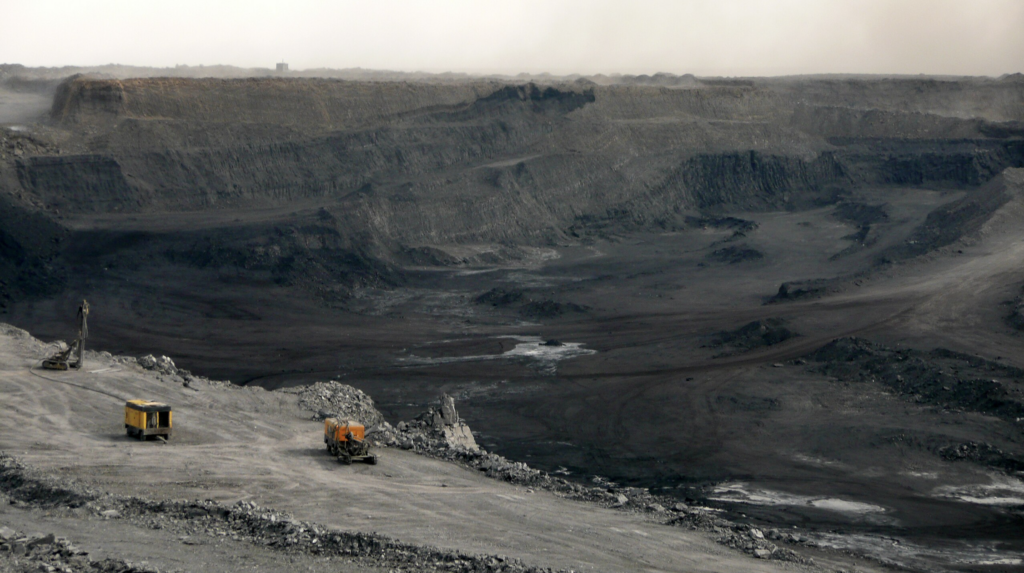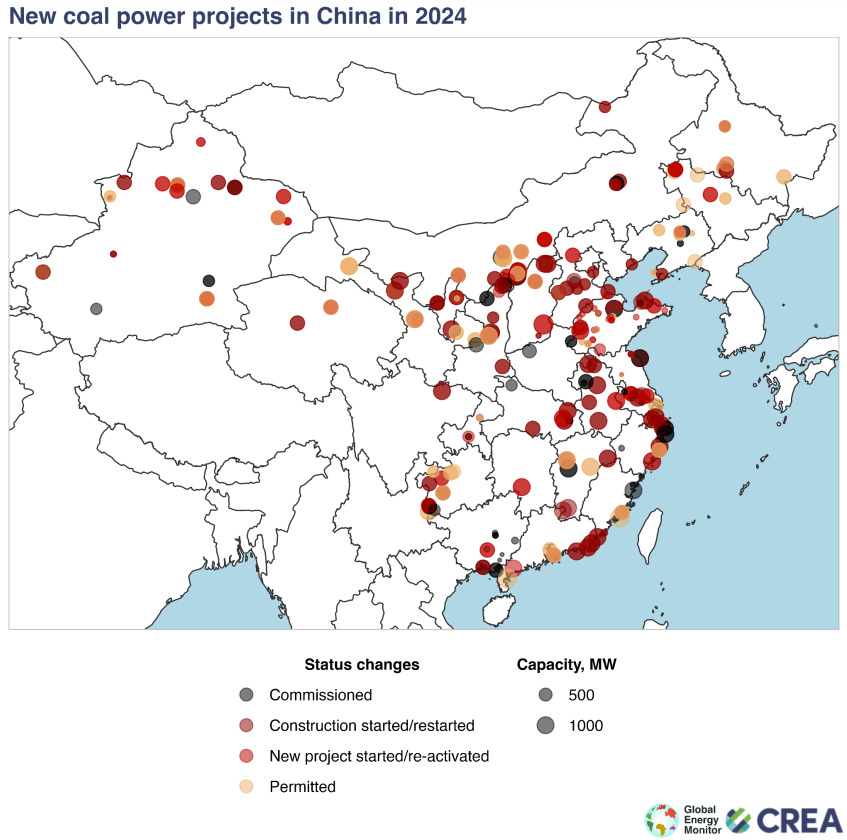China’s total crude steel output came in at 167.96 million tonnes over January-February, higher by 1.6% compared with the same period last year, according to the latest release by the country’s National Bureau of Statistics (NBS) on Monday morning.
Recent data from the National Bureau of Statistics (NBS) paints an intriguing picture of China’s steel industry, which appears to be defying expectations. Despite market anticipation of a decline due to feeble demand in January and an unanticipated stagnation after the Lunar New Year, China’s steel production has seen an increase. This is contrary to the combined data for January and February, which traditionally balances the shifting dates of the Chinese New Year festivities. In January, there was a significant 6.9% drop in crude steel production year-over-year, bringing the production down to 77.2 million metric tons, according to the World Steel Association.
However, an unexpected turn in production data was observed for the initial two months of the year. China’s total crude steel output was reported at 167.96 million tonnes over January and February, marking a 1.6% rise compared with the same period last year. Moreover, finished steel production was up 7.9% YoY. This data, released on a Monday morning, suggests that steelmakers did not cut back on production during what is usually a quieter period in the domestic steel market due to the New Year celebrations.
China’s steel output for Jan-Feb.
| Jan-Feb 2024 | ||
| Volume (mln t) | YoY (%) | |
| Crude steel | 167.96 | 1.6 |
| Finished steel | 213.43 | 7.9 |
| Pig iron | 140.73 | -0.6 |
Source: NBS
The NBS figures reveal an average daily crude steel output of 2.8 million tonnes for the first two months, a significant leap from December’s average of 2.18 million tonnes per day. This sustained high level of production was reflected in the output of finished steel as well, which saw a 7.9% increase year-on-year, amounting to 213.4 million tonnes, while pig iron production saw a marginal decline of 0.6%.
However, the high output in the face of tepid demand led to a substantial accumulation of finished steel inventories. According to Mysteel’s regular survey, inventories of key steel products surged by 61% in two months, with the total volume in traders’ warehouses across 132 cities ballooning by an astonishing 82.6% to reach 28.67 million tonnes by the end of February.
The mismatch between production and demand also had repercussions for pricing. China’s domestic steel prices showed signs of weakening throughout January and February. The national price of HRB400E 20mm diameter rebar, considered an indicator of domestic steel market sentiment, was assessed at Yuan 3,983 per tonne ($553 per tonne) inclusive of the 13% VAT. This represents a decrease of Yuan 91 per tonne from the end of the previous December.
The steel industry’s situation, characterized by robust production levels and burgeoning inventories, hints at steelmakers’ expectations for a post-holiday demand rebound. However, they were compelled to initiate production cuts towards the end of February due to shrinking profit margins.
This development in China’s steel sector is indicative of the complex interplay between production capabilities, market demand, and economic indicators such as inventory levels and pricing. The resilience of China’s steel production amidst these challenges continues to have a significant impact on the global steel market.
Written by: TheCoalTrader, AI generated
Source: Mysteel









